Productivity Hacks for Working From Home That Don't Involve Your Screen
Working from home brings benefits and flexibility, but it can also welcome in a wave of new distractions—especially the lure of our ever-present screens. Maybe you’ve felt your energy drain after one too many video calls or lost precious focus scrolling through notifications in the name of “productivity.” The truth is, screens are only one piece of our workday puzzle. There’s a whole world of analog routines, physical spaces, and small, sensory rituals waiting to help us work not just harder, but smarter—and with a deeper sense of well-being.
1. Set Up a Physical Workspace Boundary
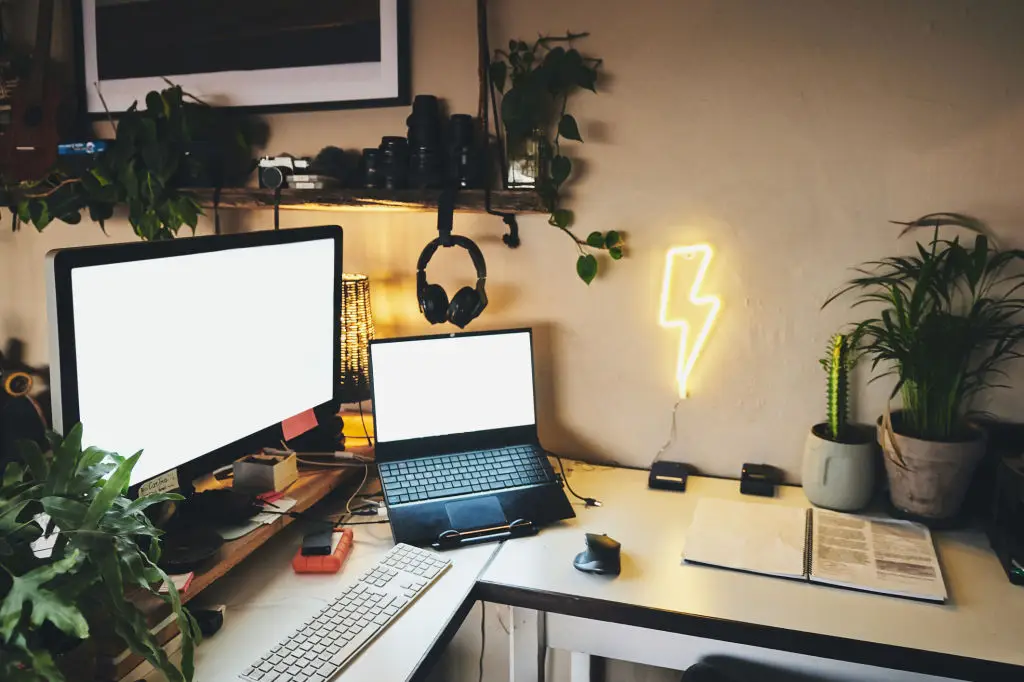
Carving out a defined workspace—even if it’s just a corner of your dining room table—can make a huge difference in how your brain shifts gears for work. Your environment is a powerful cue for focus. When you physically step into a dedicated spot each morning, you signal to yourself and those around you that it's time to concentrate. This doesn't require a spare room or fancy desk. A chair facing a different direction, a floor mat, or even a portable tray can all reinforce the mental boundary between “home” and “work.”
2. Switch Rooms Depending on the Task
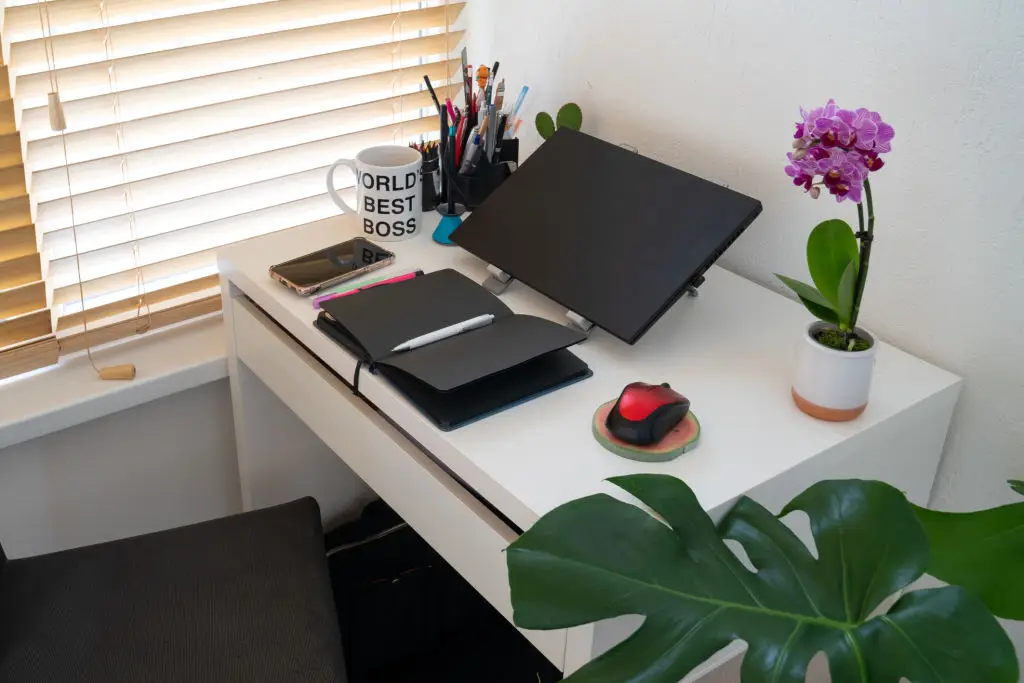
Changing your physical location for different tasks can refresh your brain and help you stay engaged. For example, you might answer emails at the kitchen table in the morning, then move to a quiet bedroom nook for focused projects in the afternoon. Each room or zone becomes associated with a different type of activity, creating mental “chapters” in your day. This approach taps into the science of environmental context switching, which shows our brains use physical cues to help us get into the right frame of mind for the work at hand.
3. Use Paper Planners to Time-Block Your Day
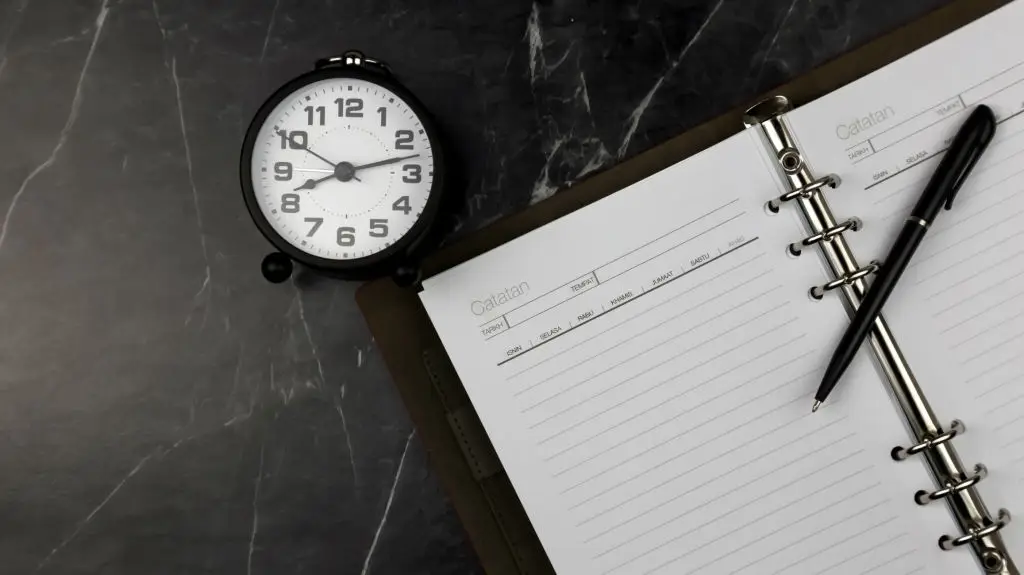
Analog planning isn’t just a throwback—it’s a proven way to organize your day and reduce digital overwhelm. Grab a paper planner (or even a notebook) and try time-blocking: divide your workday into sections, each assigned to specific tasks or types of work. Write these blocks down in ink. This physical act helps clarify your intentions and gives your mind a visual map to follow. Unlike digital calendars, paper planners don’t tempt you with notifications or side-tracks.
4. Try the 1-Minute Reset Rule
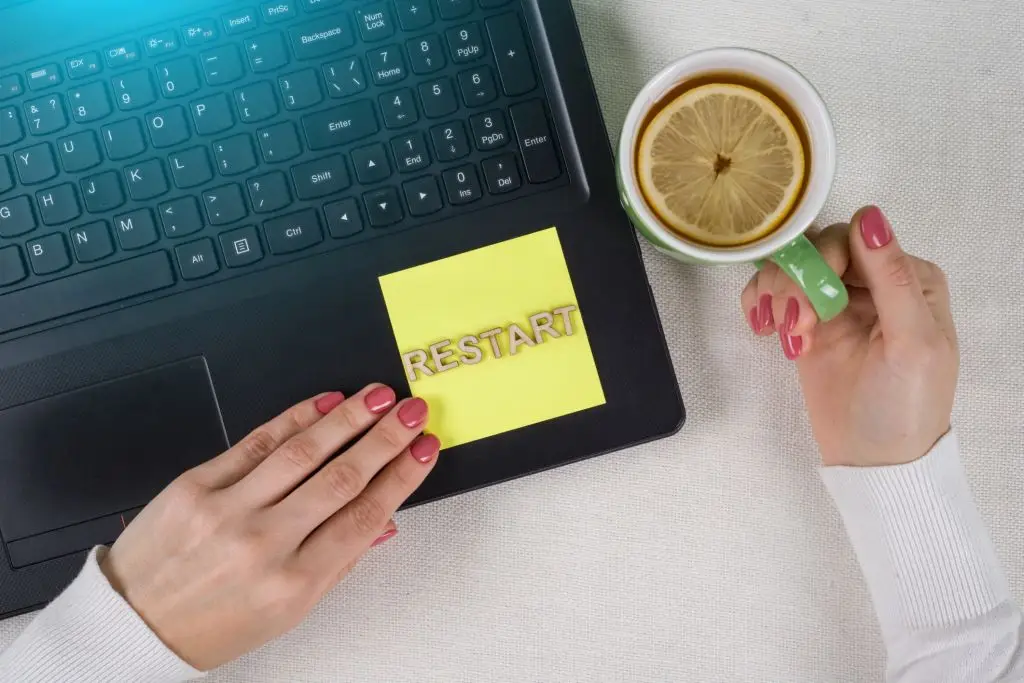
If clutter keeps creeping into your workspace, commit to a one-minute “reset” at the start or end of every workday. This isn’t a deep clean—it’s about quickly organizing your desktop, tossing empty cups, straightening your chair, or closing an overflowing file folder. These tiny, consistent resets fend off the mental snowball effect of mess and help signal closure. Research shows even minimal tidying can refresh your mood and lower anxiety, priming you for a productive next day.
5. Keep a Physical Inbox for To-Dos
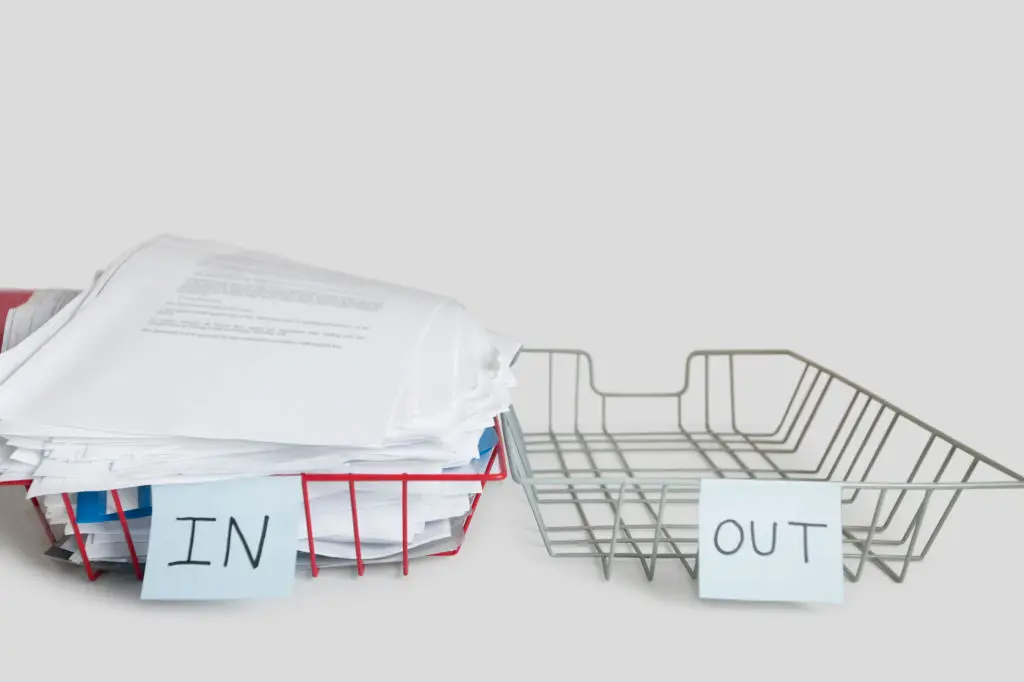
Tackling a mountain of digital reminders can quickly overwhelm even the most organized worker. Consider using a tangible “inbox”—a tray, basket, or folder—for collecting incoming tasks, papers, or urgent notes. Each item gets a physical spot, off your mind and onto your desk. This visible system gives you a clear picture of what needs attention and helps prioritize without toggling between tabs or apps.
6. Move Your Body with Regular Stretch Breaks

Staying in one position for hours on end isn’t just uncomfortable—it drains your energy and focus. Schedule regular movement breaks to stretch, shake out tension, and invite fresh circulation back into your body. Use a physical timer or set a reminder with sticky notes to nudge yourself up every hour or so. Simple stretches, shoulder rolls, or a quick walk to another room can reset your posture and restart your attention.
7. Wear Work-Only Clothing for Focus
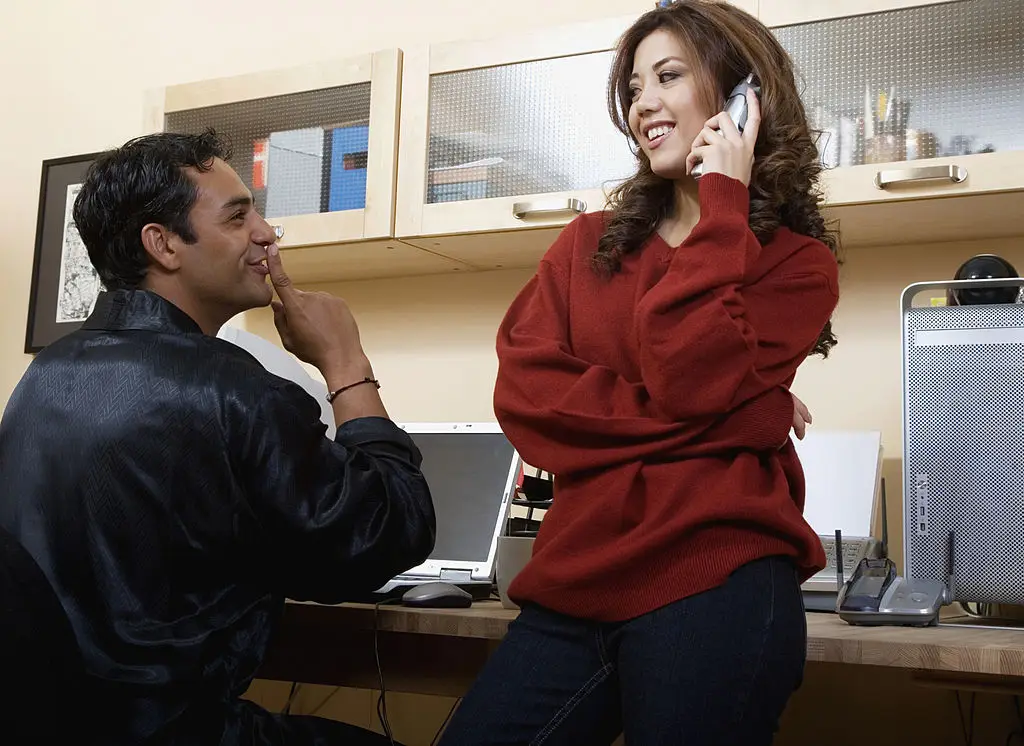
The clothes we wear have a quiet power to shape our mindset—and a subtle wardrobe shift can define the line between “rest” and “work.” Create a go-to set of work-only clothes, even if it’s just a particular shirt, scarf, or shoes, and put them on at the start of your workday. This simple signal helps your brain transition into focus mode and signals to others in your home that you’re on the clock.
8. Use a Kitchen Timer for the Pomodoro Technique
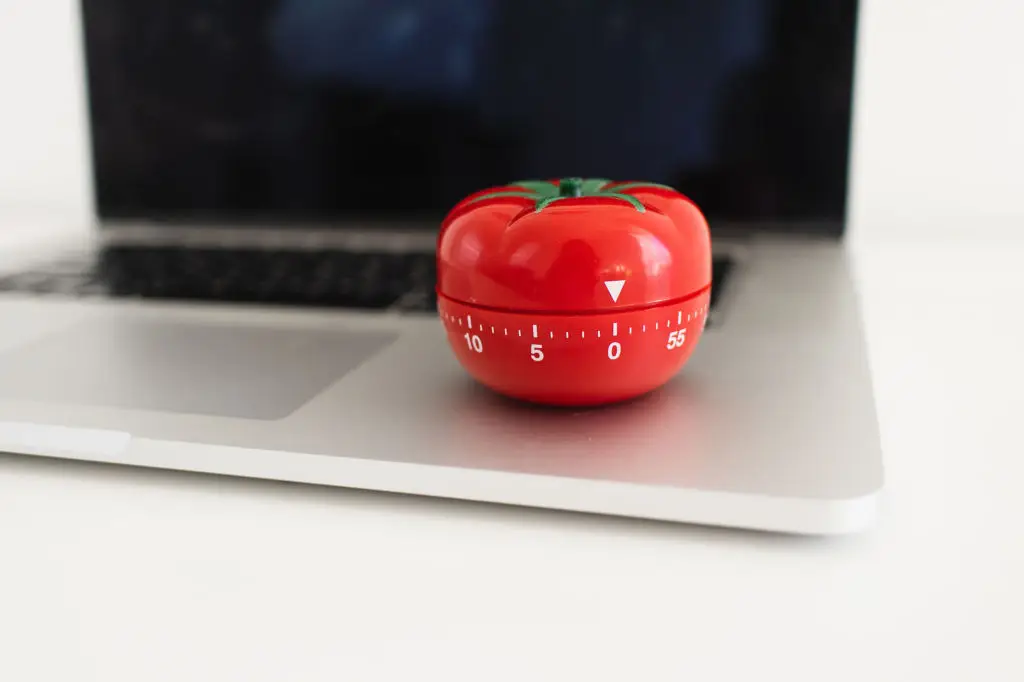
The Pomodoro Technique—a favorite among productivity fans—calls for 25 focused minutes of work, followed by a short break. Instead of a digital timer or phone alarm (hello, distractions), grab a basic kitchen timer or wind-up clock. The tactile action of setting the timer becomes part of the commitment. When the timer goes off, step away for a movement, breath, or snack break before starting again. This cycle helps maintain energy, prevents overwork, and provides structure without stealing your attention with pop-ups or notifications.
9. Apply the Two-Minute Rule Immediately
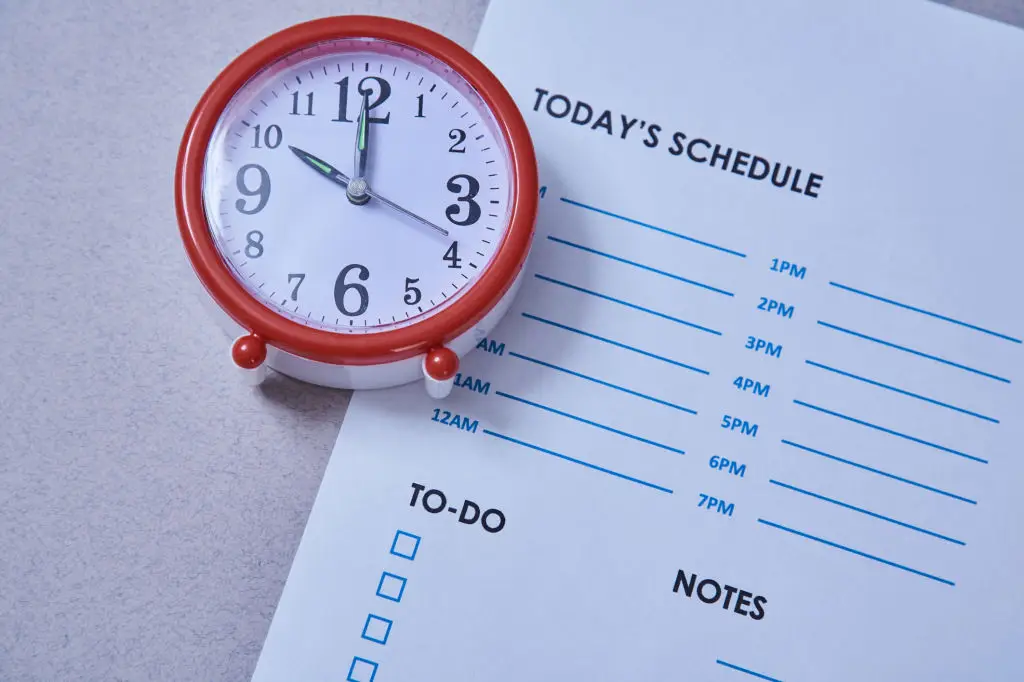
Procrastination can pile up when we try to juggle endless small tasks. Here’s a quick reset: If a task takes less than two minutes, handle it immediately before it grows into a bigger chore. Grab the form that needs signing, file a single paper, or clear your coffee mug right away. The two-minute rule is all about minimizing mental clutter and freeing up bandwidth for deeper work—without letting things snowball into tomorrow’s headaches.
10. Organize with Analog Filing and Bins
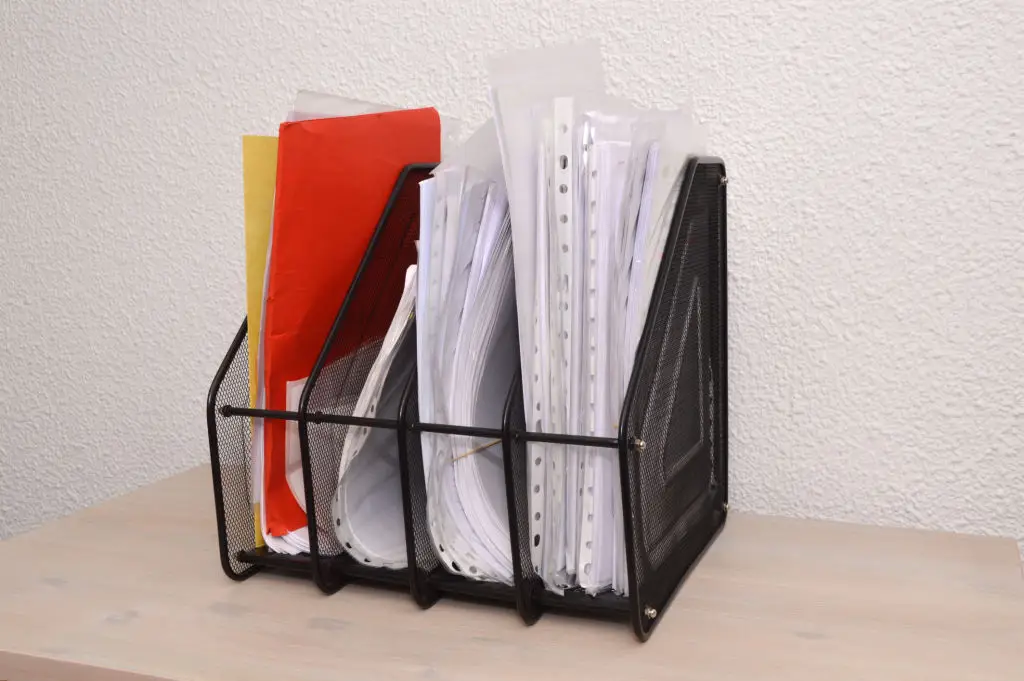
Too often, work-from-home papers spill into every corner of our living spaces. Instead of a digital tracking system, create a simple analog filing solution. Use bins, folders, or trays—each with a clear label—to separate notes, reference materials, or correspondence. Make it a daily ritual to place papers where they belong at the end of each session. This system requires minimal upkeep but provides real visual order, reducing the stress of hunting for lost notes in a pile of digital files or scattered documents.
11. Create a List of Physical Triggers for Work Mode
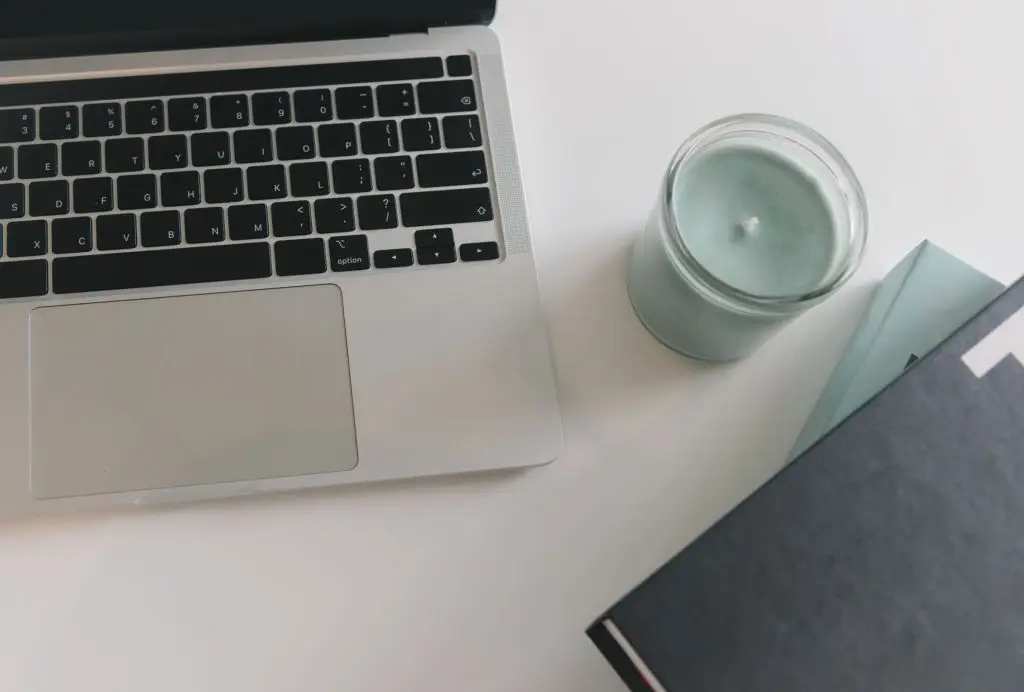
Our senses are powerful allies in marking the start of focussed work. Choose a few sensory “triggers”—like lighting a candle, opening a window, or switching on a special lamp—that signal the start of work mode each day. Place these cues in your workspace where you’ll notice them, and take a moment to connect with the ritual. Scent, fresh air, or the act of turning on a distinct light tells your body, “it’s time to settle in.”
12. Try Walking or Standing Meetings

If your schedule is packed with calls or check-ins, try taking some of these on your feet. Walking around your home (or stepping onto your porch) during a phone meeting adds movement to your routine, boosting energy and focus. If possible, stand instead of sit for short check-ins. Even a few minutes of upright movement combats stiffness, invites circulation, and clears your mind for creative thinking.
13. Keep Visual Priority Cues on Your Desk
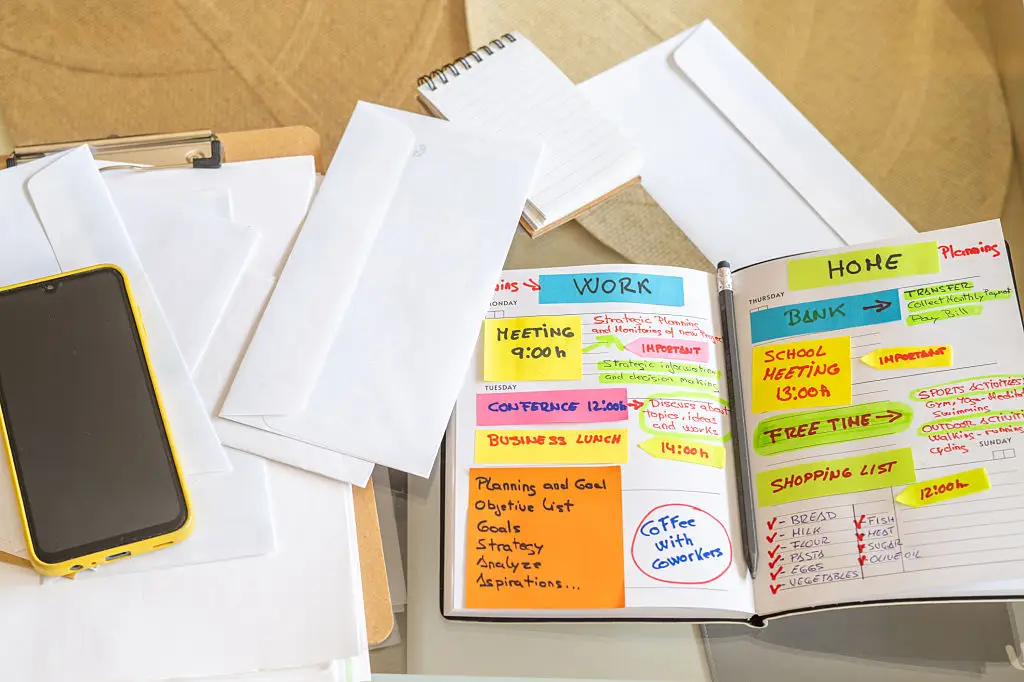
When juggling multiple tasks, keeping your most important priorities front-and-center is key. Use sticky notes, index cards, or a small handwritten list and place it in your direct line of sight. This way, you’re reminded throughout the day of the goals or deadlines that matter most—without toggling between browser tabs. The physical presence of a “top three” goals card helps steer your attention when distractions creep in.
14. Use Mindful Breathing Pauses Between Tasks

Not every productivity boost is about moving or doing more. Sometimes, pausing on purpose makes all the difference. Between meetings or tasks, try a simple mindful breathing pause. Sit or stand comfortably, close your eyes if possible, and pay attention to your inhales and exhales. A few slow, deep breaths lower stress, sharpen attention, and create a gentle space before diving into the next job.
15. End Every Workday with a Handwritten Shut-Down Ritual
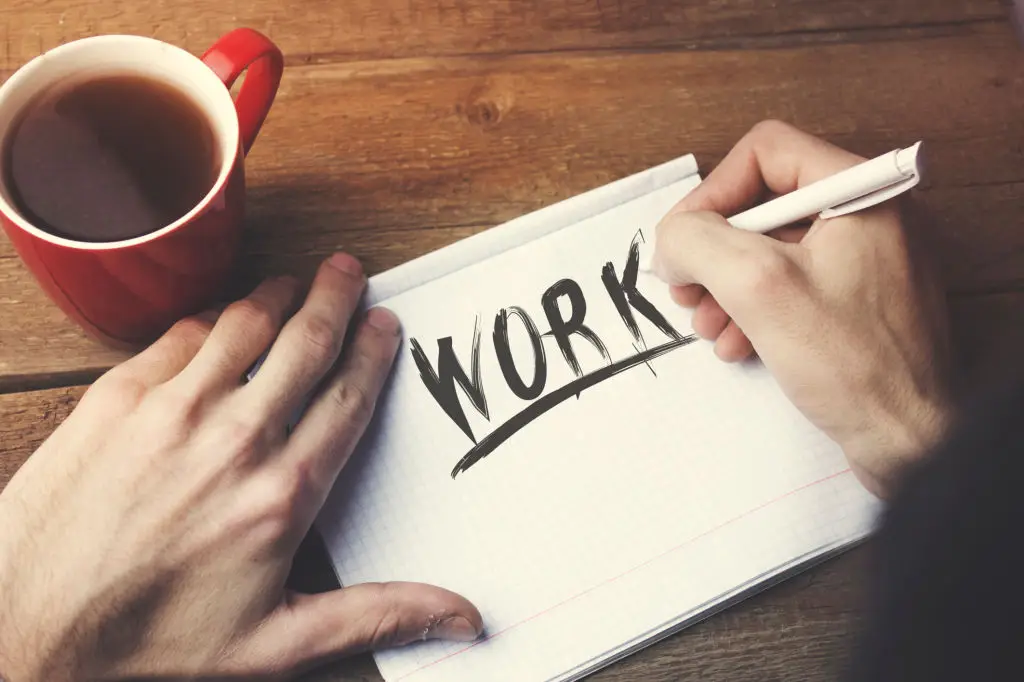
The transition from work to home can be blurry—especially without a commute. Create a comforting end-of-day ritual: Handwrite the top three things you want to tackle tomorrow on a notepad or sticky note. Physically closing your planner, turning off a lamp, or storing away your materials signals to your mind and body that the workday is complete.
16. Implement an Ambient Sound-Scent Association

Train your brain to associate a specific ambient soundscape and subtle scent exclusively with deep work. Use a noise machine or a streaming app for constant, non-verbal sound (e.g., distant coffee shop chatter or a steady rain loop). Simultaneously, diffuse a light, non-distracting scent like rosemary or citrus essential oil. The combination creates a consistent, customized sensory environment that blocks unpredictable home noises and, through Pavlovian conditioning, becomes a powerful, immediate trigger for focused concentration.
17. Use "Stand-Up" Sticky Note Communication
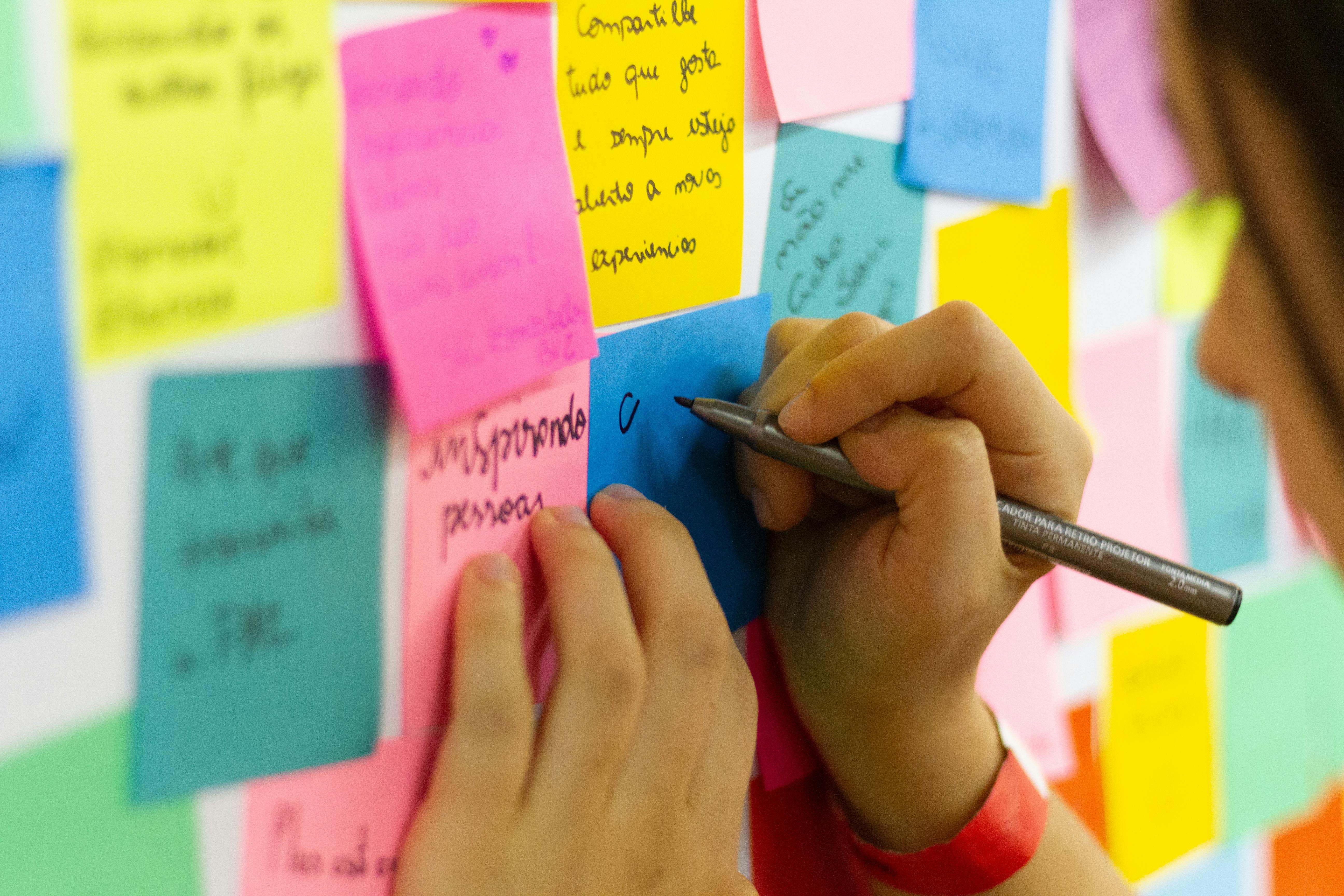
In shared home environments, digital messaging can interrupt deep focus. Implement a small, physical "Stand-Up" sticky note communication system. If you need to focus deeply for 30-60 minutes, place a colored sticky note on your door or desk (e.g., RED for "Do not interrupt") with a handwritten return time. This analog signal is less demanding than a "busy" digital status and respects the focus of both you and the other occupants of the home. It clearly communicates availability without relying on a screen.
18. Leverage Task-Specific Lighting Adjustments
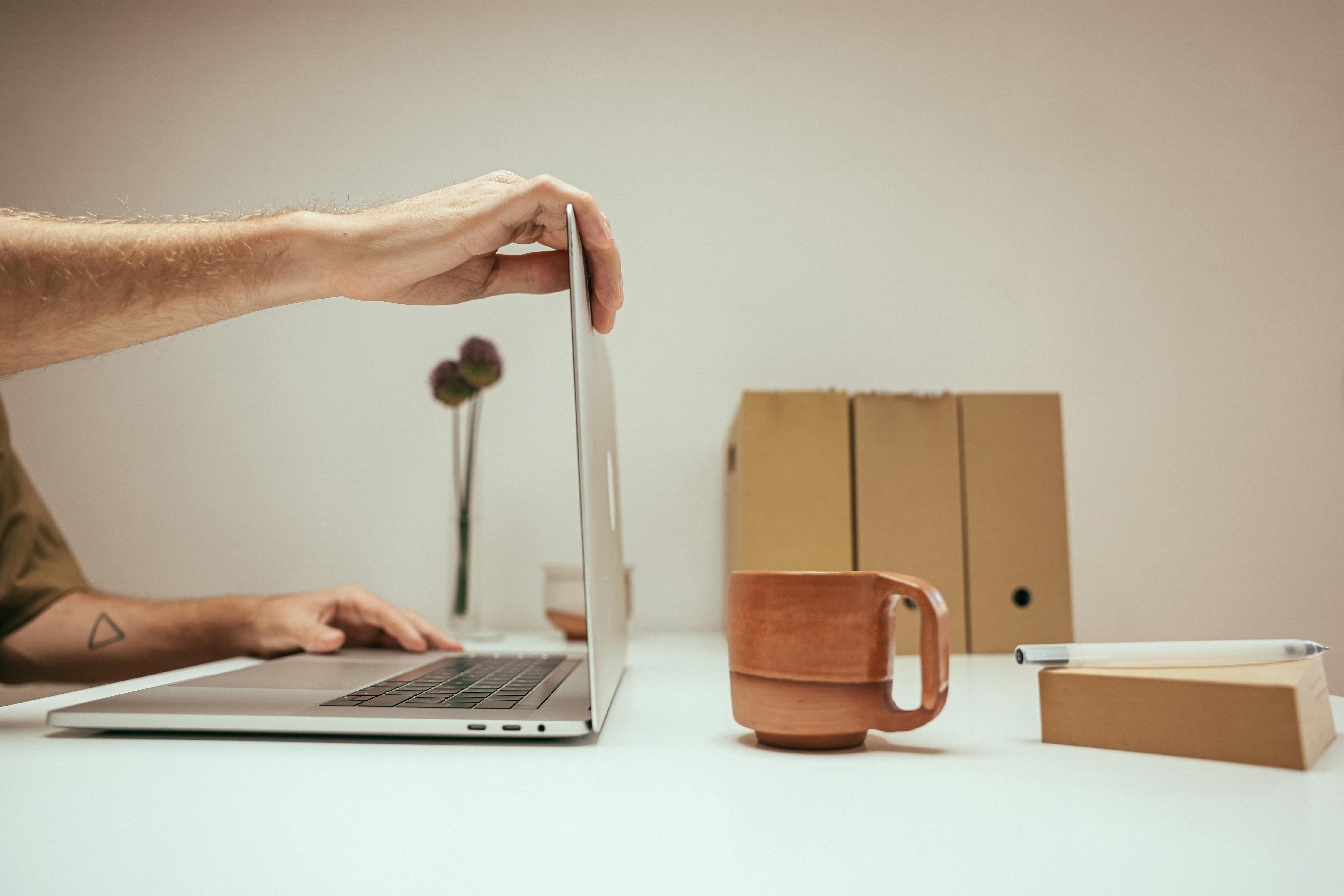
Treat lighting as a tool to enhance focus and manage energy. Switch from flat, overhead room lighting to directional task lighting (like a focused desk lamp) for reading or detail-oriented work. Conversely, use a warmer, dimmer lamp near the window for creative planning or reflection periods. The contrast between bright, focused light and softer, peripheral light helps manage alertness, reduces eye strain, and subtly cues your brain to shift into the appropriate cognitive gear for the task at hand.
19. The "Desktop Wipe" Digital Reset
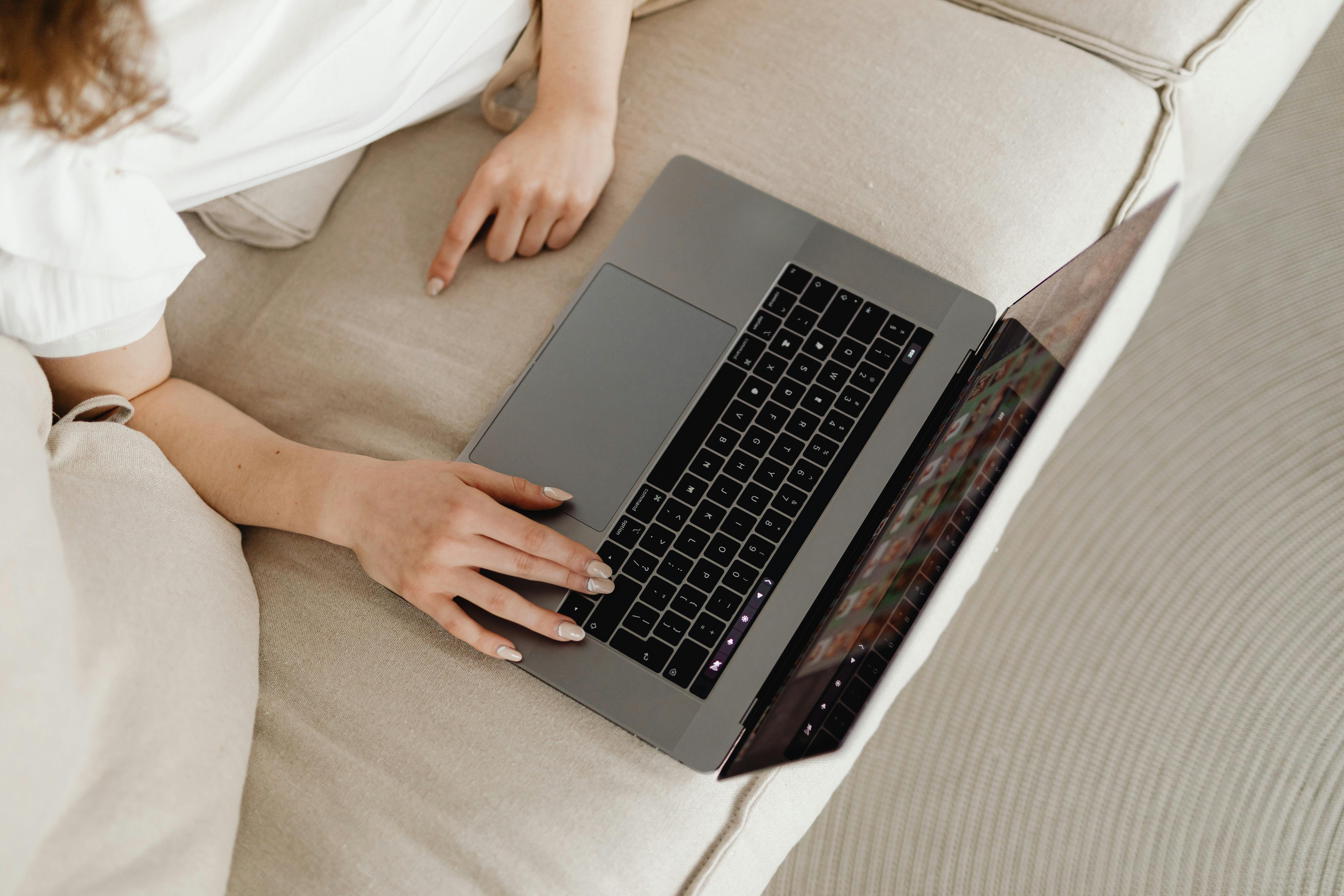
When moving between meetings or changing tasks, consciously perform a "Desktop Wipe" ritual. Before closing your current project, move or minimize all open windows and files, leaving only a clear desktop image. This visual and mental reset takes less than 15 seconds but prevents the cognitive load of the previous task from spilling over. It mimics physically clearing a table before starting a new project, ensuring you begin the next work block with a visually and mentally clean slate.
20. Schedule "No-Zoom" Physical Phone Calls

Combat screen fatigue by designating certain meetings as "No-Zoom" physical phone calls. For these planned calls, intentionally step away from your computer—stand, walk around your room, or stretch. This forces you to rely entirely on your auditory sense, which can enhance listening and comprehension. The movement also invites new ideas and boosts energy by preventing the neck and eye strain caused by prolonged sitting and screen fixation, offering a vital mid-day physiological release.
Honoring the Slow Power of Analog Progress
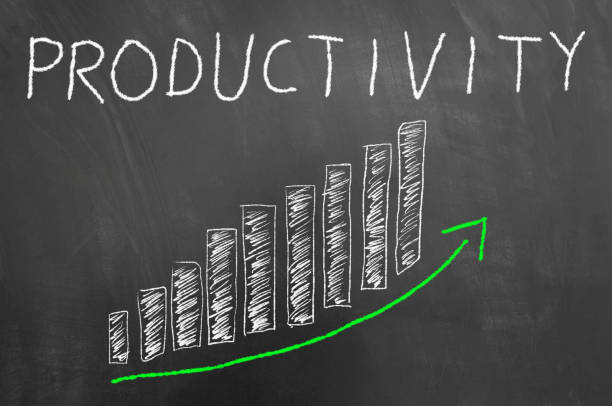
Choosing to infuse your workday with screen-free habits isn’t about rejecting technology—it’s about reclaiming your time, energy, and well-being in the spaces where you live and work. Each analog hack, whether it’s a stretch, a planner, or a meaningful ritual, is a small embrace of presence over distraction and of self-care over hustle. Not every day will be perfectly balanced—and that's perfectly fine. Notice the days when a fresh workspace or a quick sticky note lifts your mood, and honor the progress that comes with small, loving choices.
